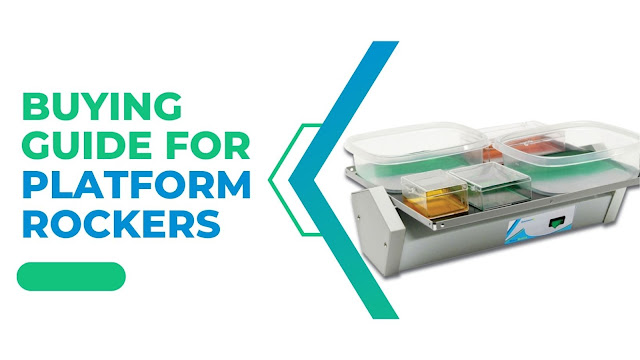Things To Know About Lab Benchtop Digital Rockers & Rollers

One must pay cautious attention when making purchases of instruments and equipment for a laboratory. In a lab, a variety of tools and supplies are employed. The majority of lab equipment is utilized repeatedly over time. Thus, investing in the appropriate, long-lasting tool for the job is crucial. The materials used for sample agitation and mixings, such as digital rockers and rollers, are among the primary materials. What should be taken into account when purchasing these materials? Is there any advice that can ensure you make a better purchase? We have addressed all these queries in this comprehensive guide to rockers and rollers. Uses of Lab Benchtop Rockers & Rollers Three primary tools are used in the laboratory to mix samples, vortex them, and gently agitate them. Rockers, rollers, and shakers are what they are. These items are probably present on any laboratory benchtop, whether big or small, academic or industrial. An electric motor is used in r...





